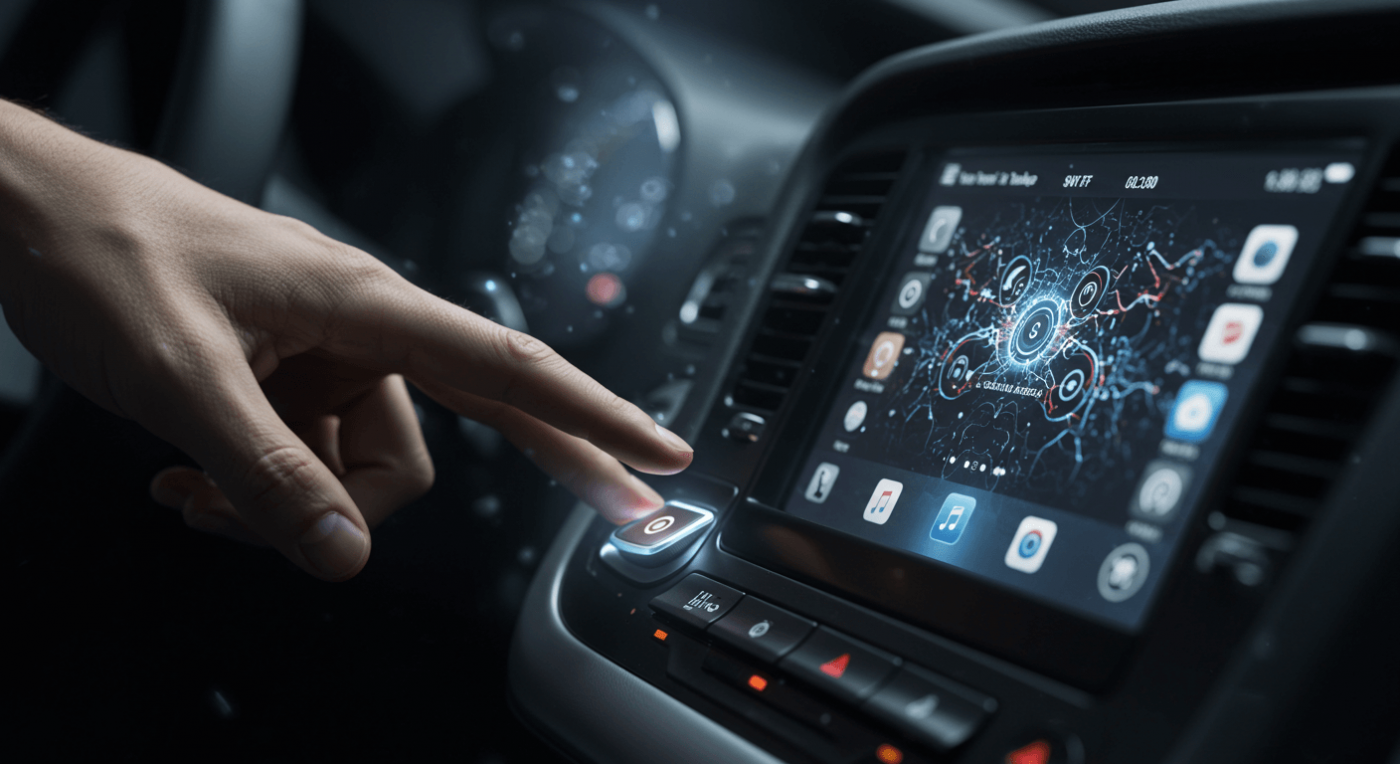Clinical analysis laboratories
In recent years, the automotive industry has invested heavily in the digitalization of car dashboards. Steering wheels have become veritable control screens, and to perform simple actions such as adjusting the air conditioning or turning on the headlights, many drivers have come to rely on digital menus, hidden in interfaces that require extra attention.

A promessa era modernização. O resultado foi o oposto do esperado: dirigir ficou mais perigoso. Studies have shown that reaction time when using these systems is even greater than when under the influence of alcohol. Car manufacturers such as Volkswagen and Mazda have acknowledged their mistake and announced the return of physical buttons for essential functions.
The justification is direct and powerful: “It’s not a phone, it’s a car,” said Andreas Mindt, head of design at Volkswagen.
This reflection leads us to an important provocation in the context of clinical laboratories — especially those seeking or maintaining accreditation.
Complexity is not synonymous with security
The accreditation movement has been driving improvements in laboratory processes for years. This is positive. But in many cases, the search for control translates into overly sophisticated flows that demand time, attention and constant adaptation on the part of teams. The result can be the same as seen in cars: a less safe process, because it has become less intuitive.
Those on the front line — collecting, separating, identifying, transporting — need reliable processes that are also clear, direct and compatible with the reality of their routine.
This is where we need to reflect: Could it be that, by trying to modernize too much, we are not making the operation more vulnerable to error?
Technology with common sense
It was with this concern that, in the development of eTrack, we sought a balance that often goes unnoticed: offering security and traceability, without drastically changing the way professionals already work.
Innovation only works when it respects the environment in which it will be applied. And for a traceability system to truly work, it needs to be understood and incorporated naturally into everyday life — without creating new obstacles.
Just as physical buttons have returned to cars because they are more efficient and safer, in the labs, the best solutions are not the most complex, but those that work with clarity and purpose.
Leonardo Lippel
Account Executive | Greiner Bio-One Service Tech

